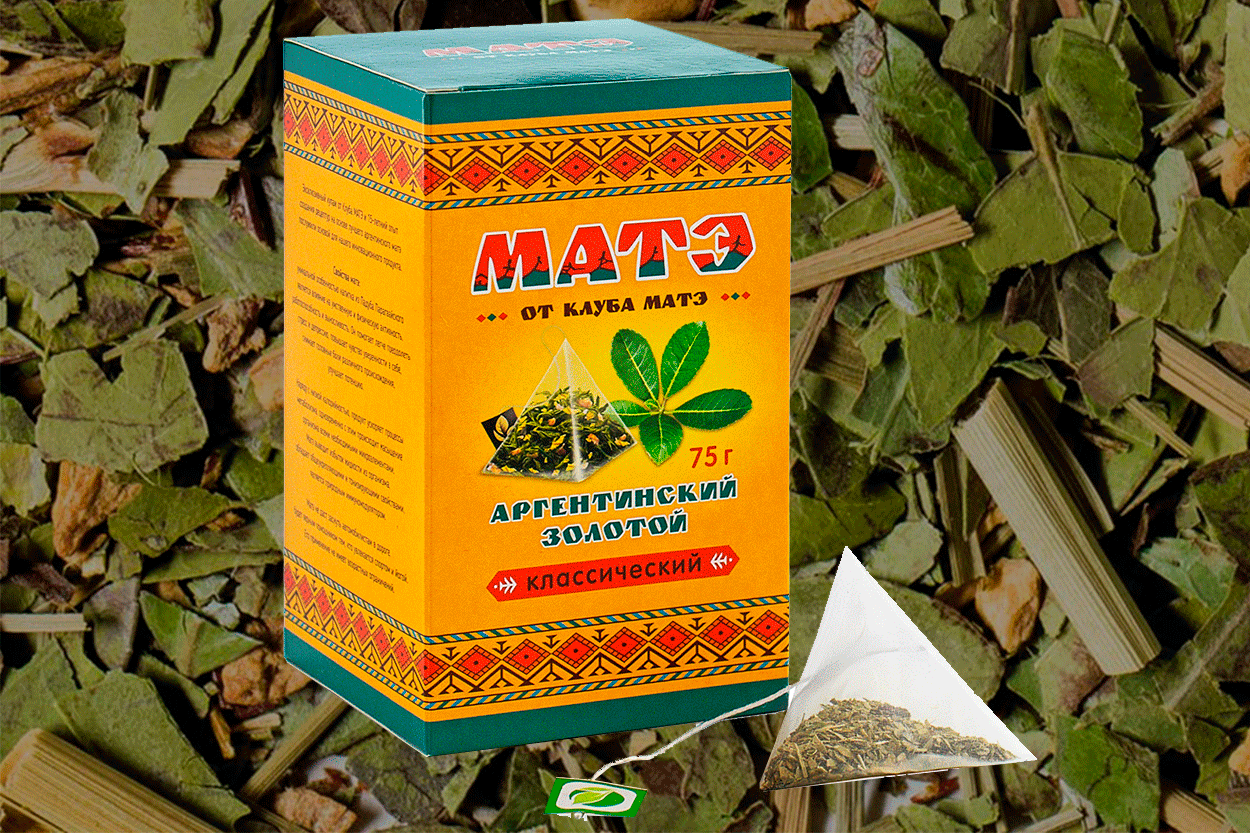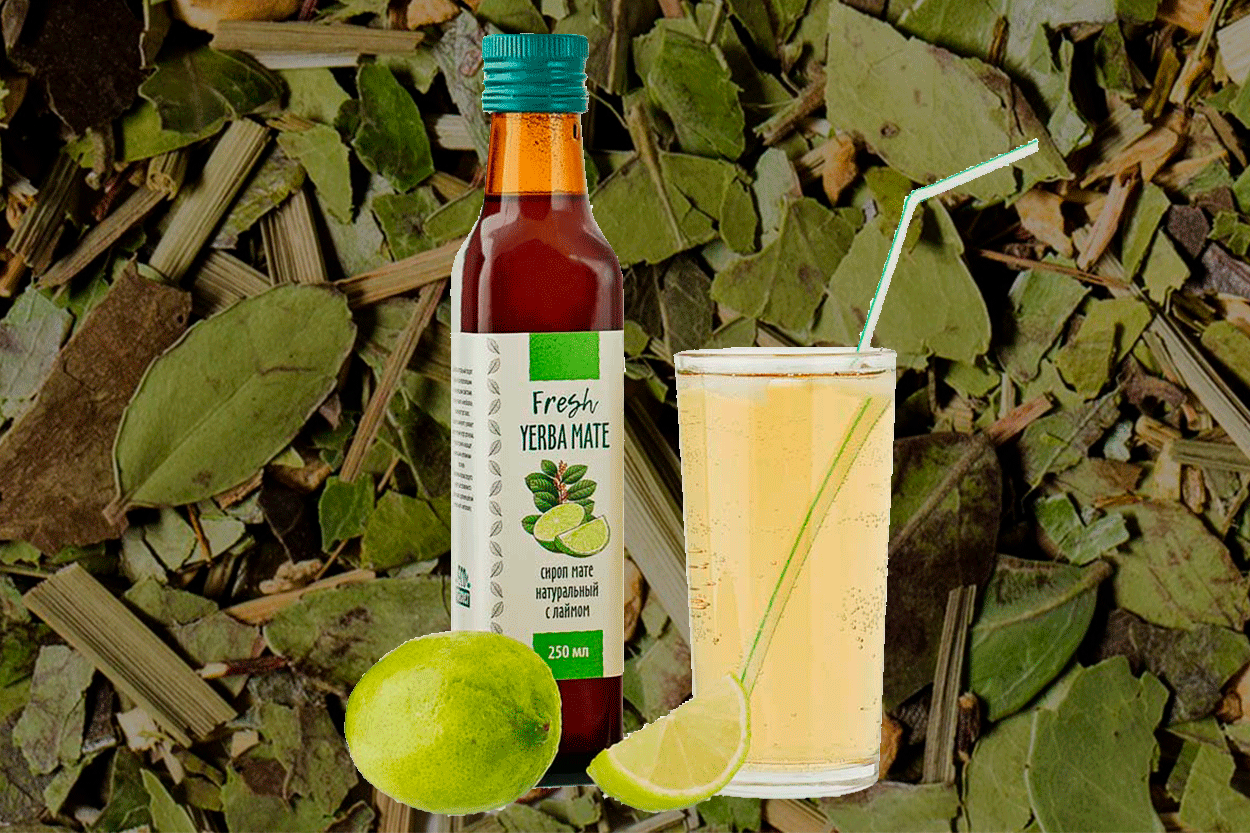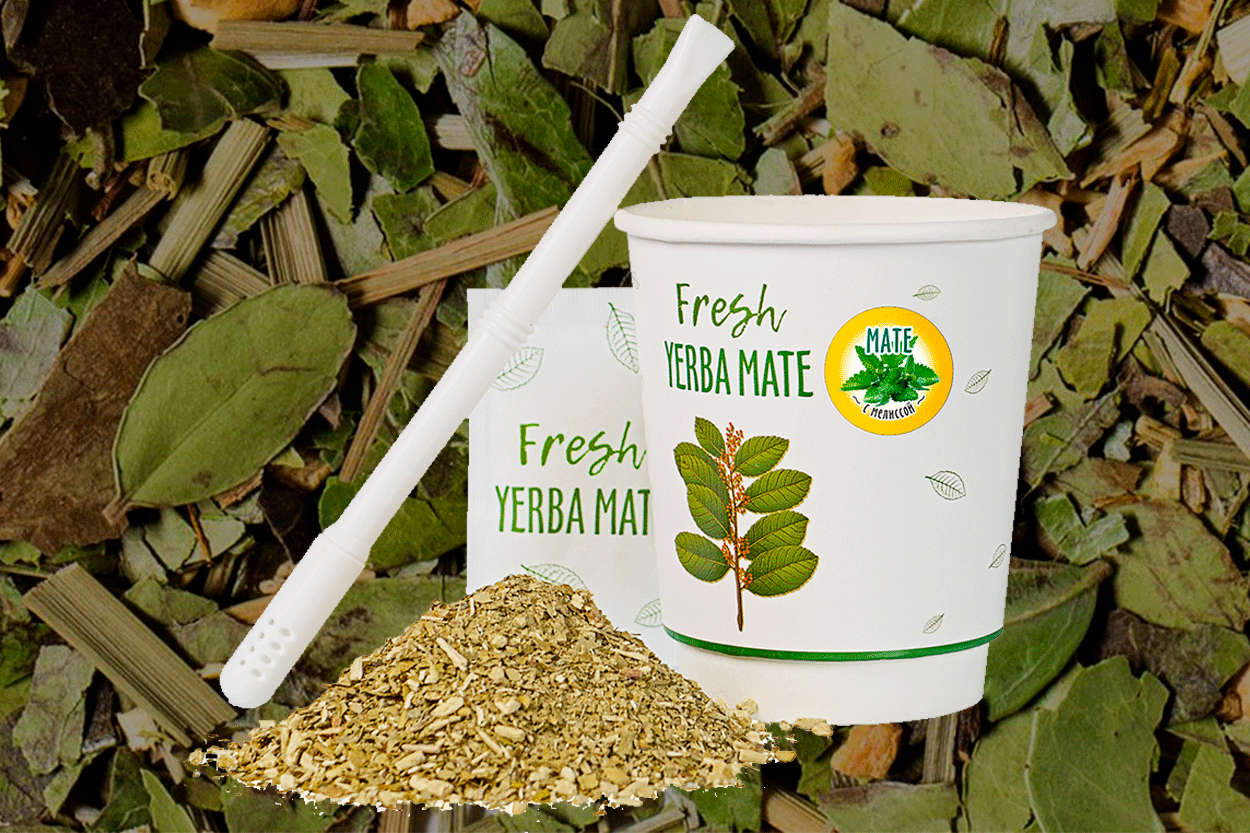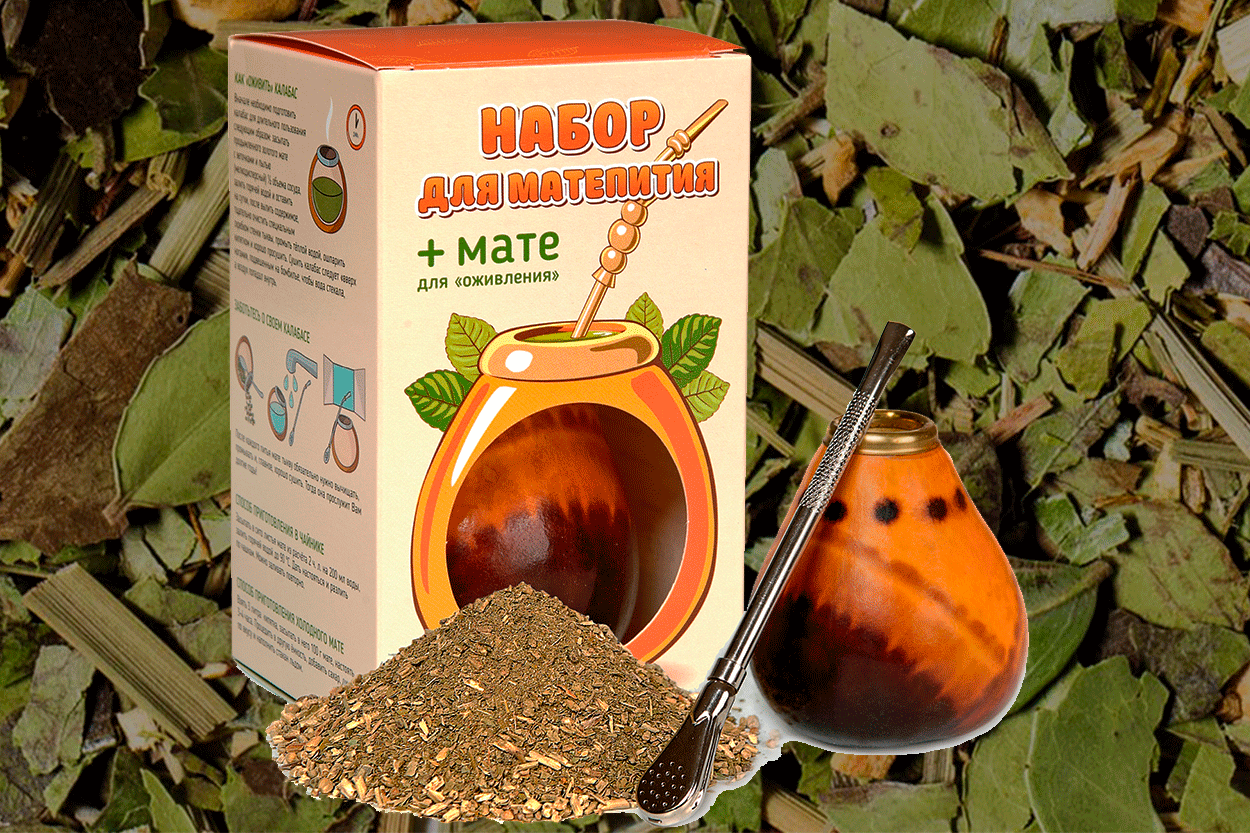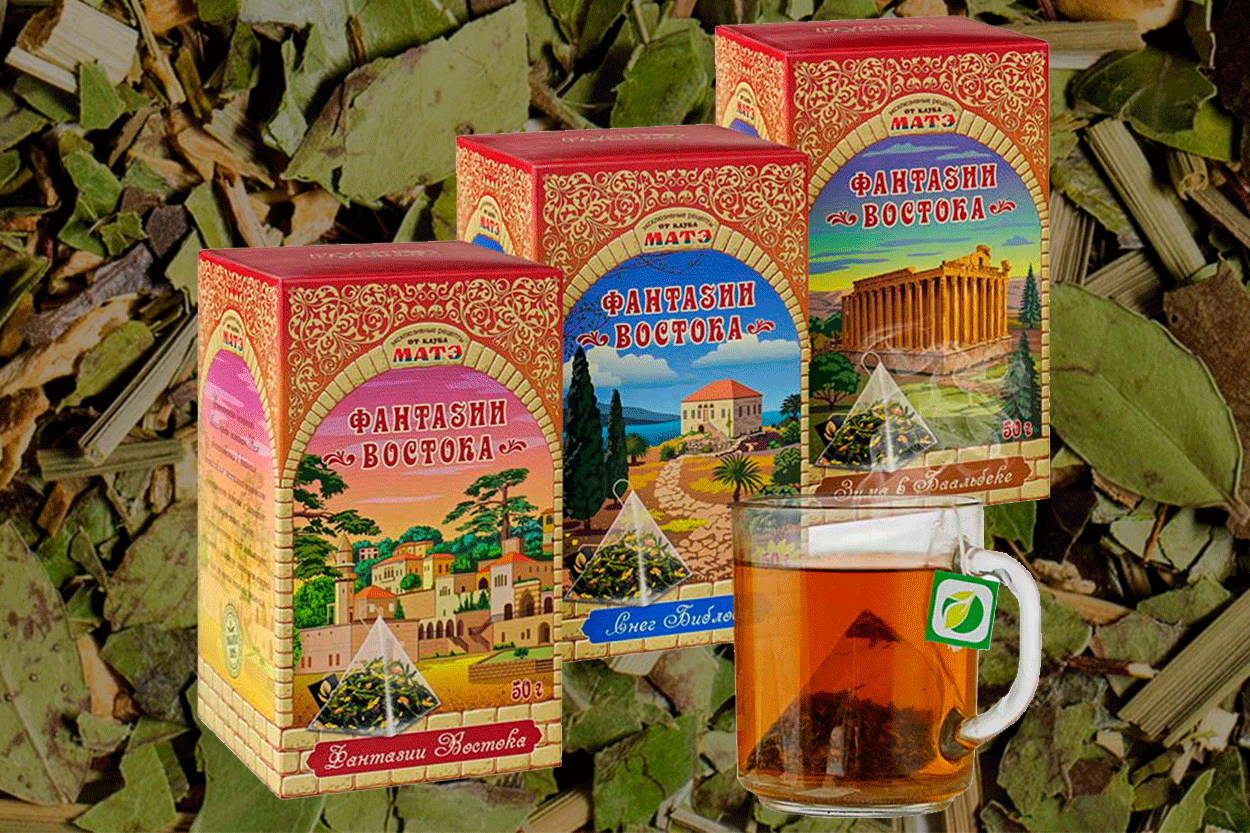 |
Yerba Mate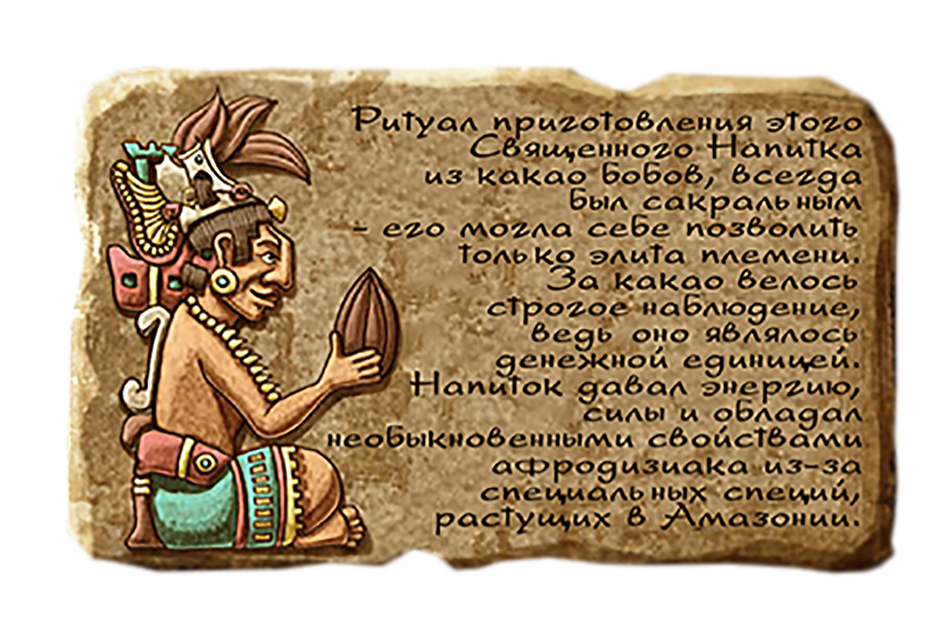 Yerba mate, or “mate” as it is most commonly called, is a widely consumed beverage in South America. It was introduced to Western civilisation by the Guaraní indians who used it as a medicinal herb to invigorate the mind and body, boost immunity, fight fatigue, slow down ageing, cleanse and detoxify the blood, reduce stress, and control the appetite among others. As a matter of fact, Jesuits noticed that the Guaraní could go for several days without eating whilst consuming mate. In South America it is consumed as an infusion in different ways. The most common is the mate itself --pouring hot water into a gourd filled with yerba mate. It also replaces coffee or tea in its “cocido” form. Yerba mate´s production is mainly consumed in South America, with the second consumer region being the Middle East (Syria and Lebanon). In all of these countries, yerba is most commonly used as mate (see photograph). To prepare this beverage, hot water is poured into a gourd that is ¾ filled with yerba mate.The infusion so prepared is sipped through a bombilla –a straw with filter. Recently, the world seems to have rediscovered the great many beneficial properties yerba mate has of which the Guaraní were well aware. The emphasis in nutrition and wholesome diets has given place to a profitable market on medicinal herbs and yerba mate seems to have an important position in this area. Just as an illustration, a search of “yerba mate” in Google (the most used search engine in the web), offers 53,900 entries, most of which stress the medicinal properties of this herb. Argentina is the main producer of yerba mate in the world and also the main exporter. While production of yerba has increased steadily since 1990 in this country, the yerba mate economy is not flourishing at present. With very low prices in the internal market where the greatest volume of its production is consumed, the industry faces a challenge. A growth in exports might be the only chance to improve the industrial benefits. The identification of yerba mate as a medicinal herb combined with the relative advantage brought by the devaluation of the Argentinian peso against the US dollar in 2002, could be the perfect condition for growth to take place. |
 |
|
|
Культура употребления МАТЭ - что это?
Знакомство с культурой матэПри знакомстве с культурой матепития всегда стоит понимать, что у индейцев, открывших этот напиток миру, ритуал его употребления прежде всего связан с проведением постоянной инициации и обретением сил. Они придают напитку сакральное значение, что ярко выражается в их мировоззрении, культуре и отношении к Падубу Парагвайскому - Йерба Мате, как к священному дереву, дарованному им богами.При приготовлении напитка особое внимание уделяют двум составляющим процесса: элементу созидания – действия, раскрывающемуся во время приготовления мате; и элементу созерцания, улавливания тонких ментальных процессов, наступающему в тот момент, когда напиток употребляют.В мифологии индейцев Гуарани существует легенда, согласно которой богами Тупа и Араи были произведены на свет первые люди – Супаве и Рупаве. Супаве – женщина, женская энергия сохранения (аналогично китайскому инь), Рупаве – мужчина, мужская энергия действия и созидания (аналогично китайскому ян). Рупаве проявляется в момент сотворения напитка и в процессе его приготовления, от самого начала и до конца: от момента засыпания йербы в калабас до смачивания листьев первой водой. Супаве проявляется в момент употребления напитка, заставляя человека придаваться ощущением и наблюдать изменение состояния своего ума, когда пьющий больше всего сонастроен с действием и полностью вовлечен в процесс.Мате - тонкий инструмент, позволяющий человеку в первую очередь познать себя. И если его правильно использовать, можно открыть прежде неизвестную сторону жизни - мир, в котором находится наш единый пятый океан.
